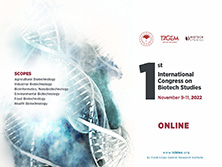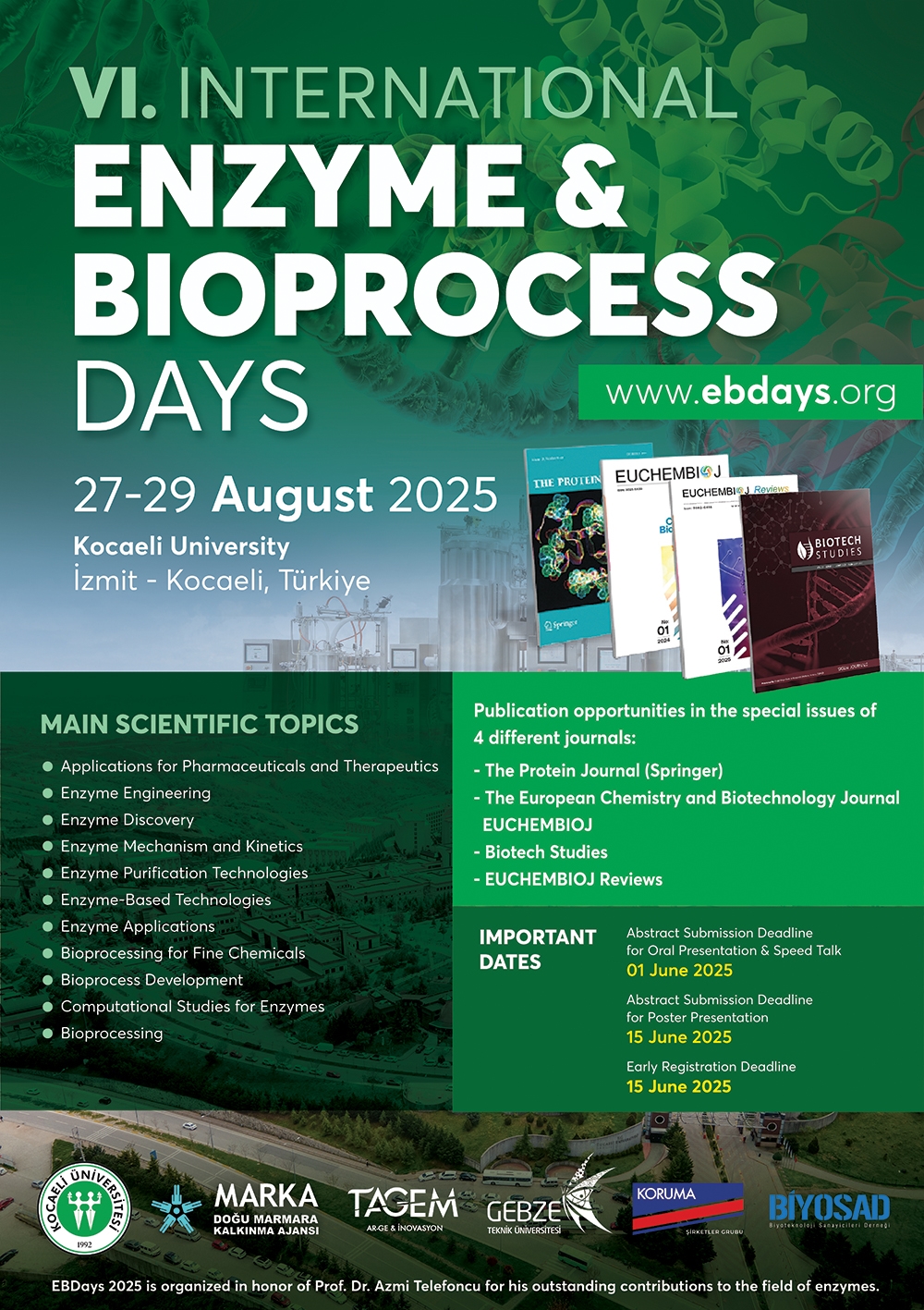Biotech Studies
2024, Vol 33, Num, 1 (Pages: 052-066)
Recent in vitro models and tissue engineering strategies to study glioblastoma
2 Istanbul Medeniyet University, Department of Molecular Biology and Genetics, 34700, Istanbul, Türkiye DOI : 10.38042/biotechstudies.1463814 - Glioblastoma is a highly malignant brain tumor classified as grade IV with a poor prognosis and approximately a year of survival rate. The molecular changes that trigger primary glioblastoma are usually epidermal growth factor receptor mutations and amplifications, Mouse Double Minute and TP53 mutations, p16 deletion, phosphatase and tensin homolog and telomerase promoter mutations. In the vast majority of glioblastomas, altered signaling pathways were identified as receptor tyrosine kinase/Ras/PI3K, p53. Isocitrate dehydrogenase 1/2 mutations have also been associated with poor prognosis in glioblastoma The treatment options are very limited and complicated because of the diverse composition and heterogeneity of the tumors and unresponsiveness to the treatments with the existence of barriers reaching the brain tissue. Despite new trials, drug candidates that appeared effective in cell culture or mouse models failed in the clinic. Recently, new sophisticated experimental systems, including the those that mimic the tumor microenvironment, have started being used by several research groups, which will allow accurate prediction of drug efficacy. Tissue engineering strategies are also being combined with innovative cancer models, including spheroids, tumorspheres, organotypic slices, explants, tumoroids, and organoids. Such 3D systems provide powerful tools for studying glioblastoma biology by representing the dynamic evolution of the disease from the early to the metastatic stages and enabling interaction with the microenvironment. In this review, we both enlighten the molecular mechanisms that lead to glioblastoma development and detailed information on the tissue engineering approaches that have been used to model glioblastoma and the tumor microenvironment with the advantages and disadvantages. We anticipate that these novel approaches could improve the reliability of preclinical data by reducing the need for animal models. Keywords : Glioblastoma Molecular mechanisms Tissue engineering
















